Vibia Link
THE LIGHT IS THE SUSTENANCE THAT HAS BEEN ARTICULATED IN THE LANGUAGE OF ARCHITECTURE
If I had to define Link with four words, I would say that it is modular, architectural, structured, and versatile. Link is more than a system of luminaires that suggests that daylight enters through an overhead skylight, to me, it produces a light that passes through the space, and helps create a place where it is located and that little by little surrounds us.
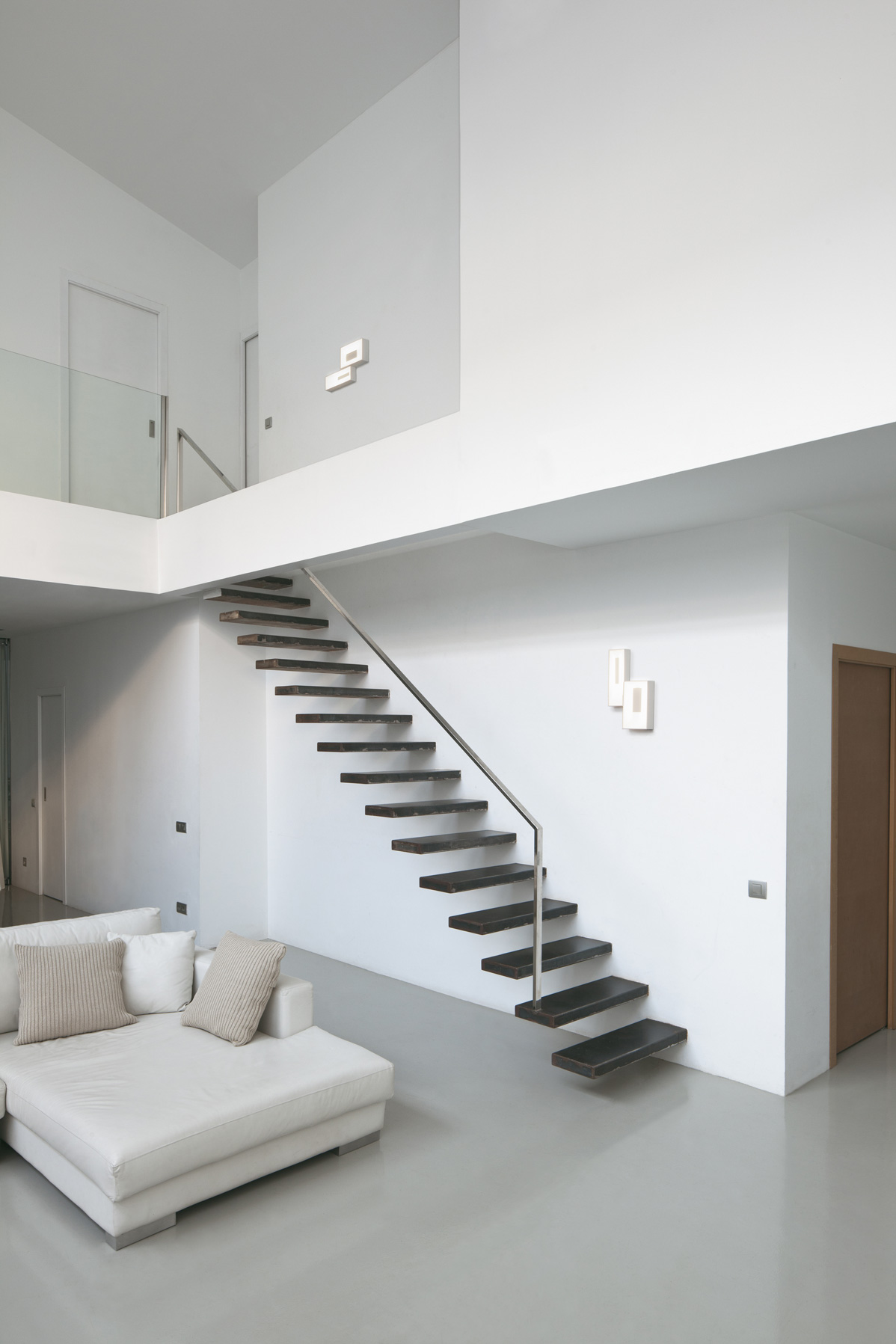
In my houses, a constant premise is to play with the light; therefore, I used skylights that allow me to create a spatial atmosphere and from that point, the idea of Link arose. I wanted to create a light fixture similar to a hollow coned shape, which has a reflection produced at the threshold of the windows and the skylights, where the light covers up the walls. I wanted to create a modular system that emulates the flare of the medieval architecture, which would provide an architectural dimension to the object and which would be adapted to different dimensions and depths.
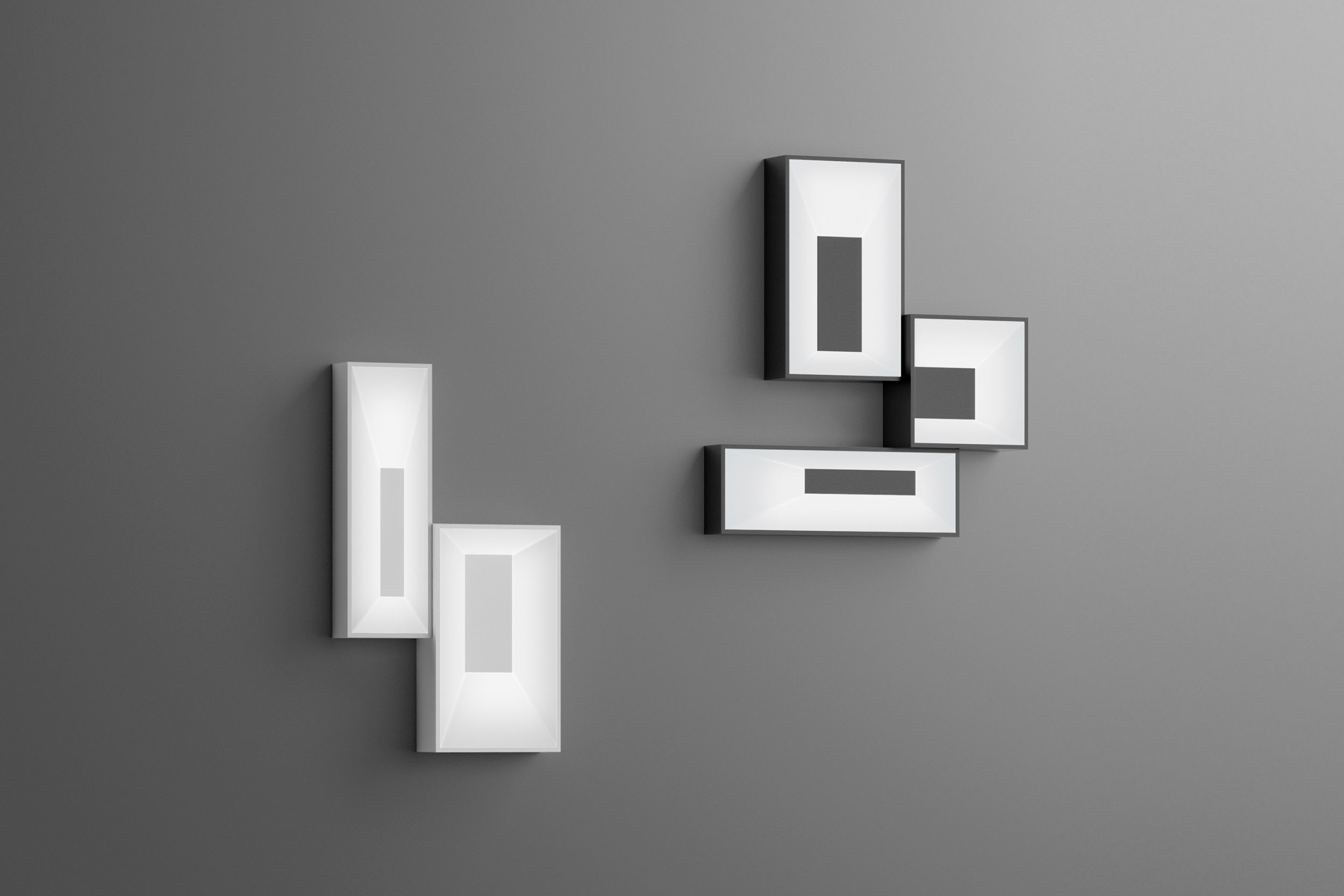
As an architect, I understand that the light is what discovers the properties of matter. There are two types of light: a natural and dynamic one that causes a building to change over the day and over the seasons of the year. And an artificial light, which is needed when we no longer have access to natural light. I believe that the generated light is just as important as the natural light, even though both have their own principles and are different. The generated light is a light that can be manipulated and to me, its use is a function of the nature and philosophy of architecture.
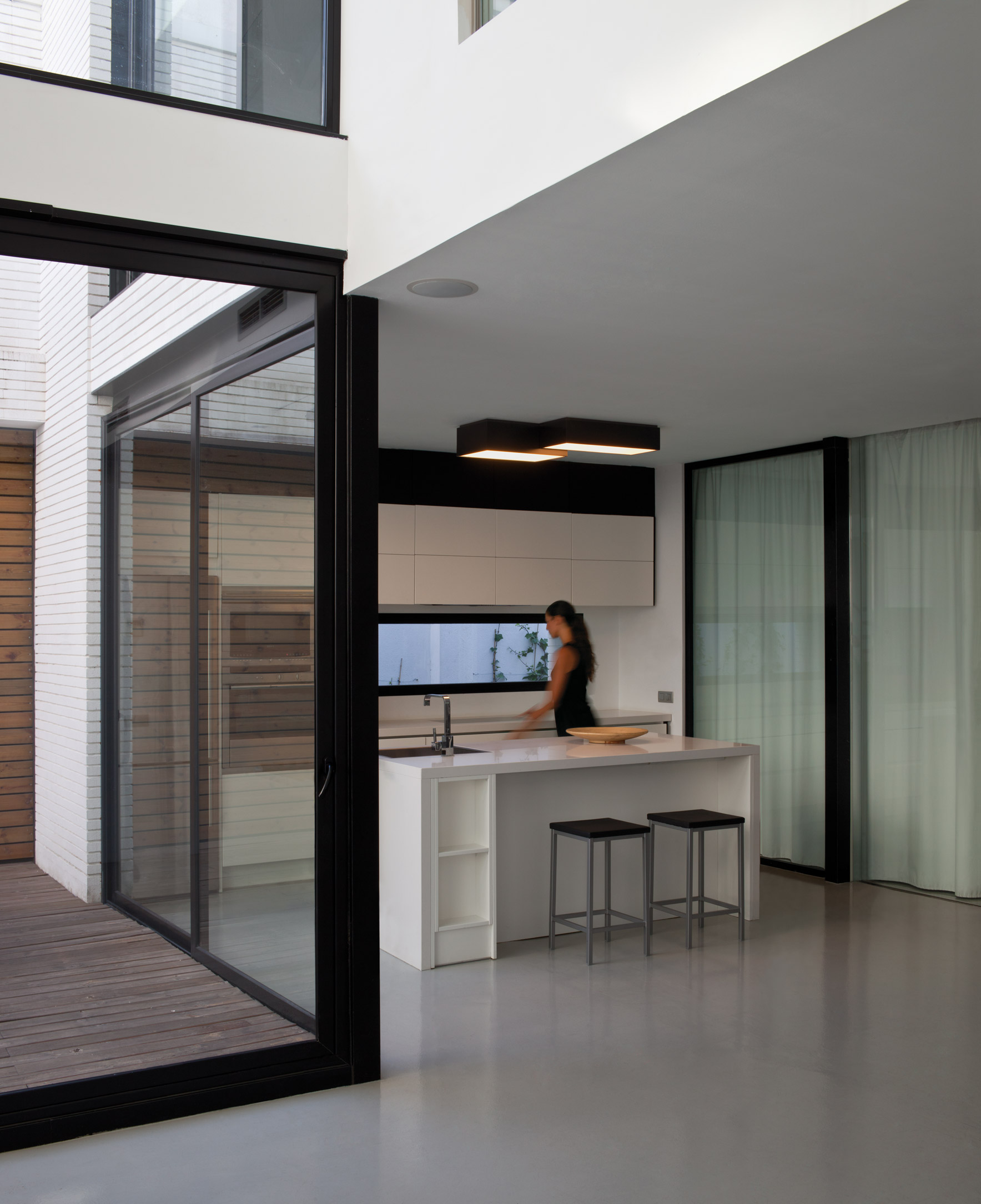
Personally, I am interested in giving a set of characteristics to the use of artificial light, in the manner of the artist James Turrell. I like to model the artificial light as if it were a form that bathes, discovers, and gives prominence to what I want to highlight. On the other hand, I very much care for the colour temperature, having a predilection for the warm light and the control of the shade it produces, so that I prefer spaces with controlled shades with a lighting that is smooth and uniformed. With this philosophy, relating to the light began the Link XXL project, which lasted nearly a year, during which many models were made to study the proportions.
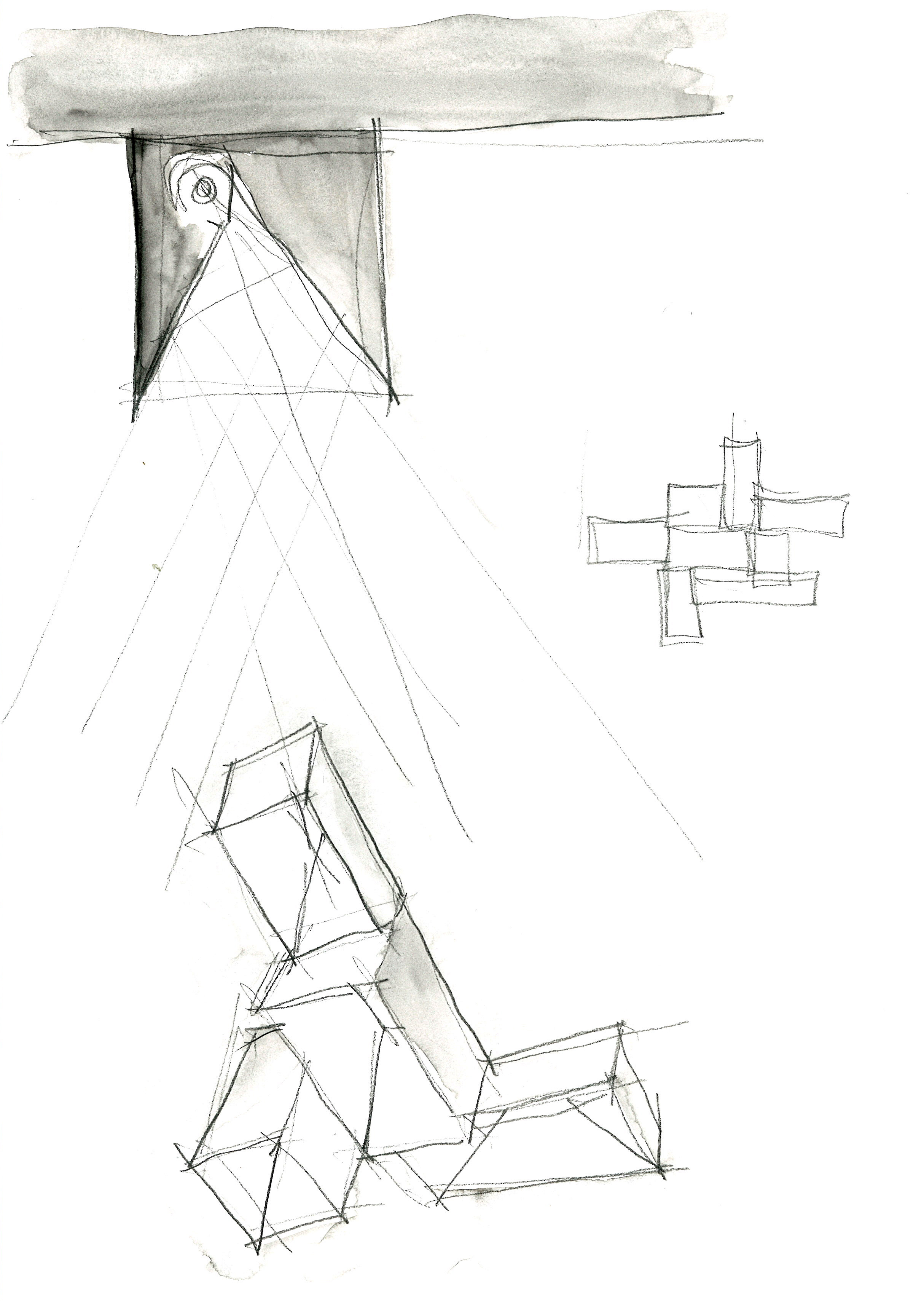
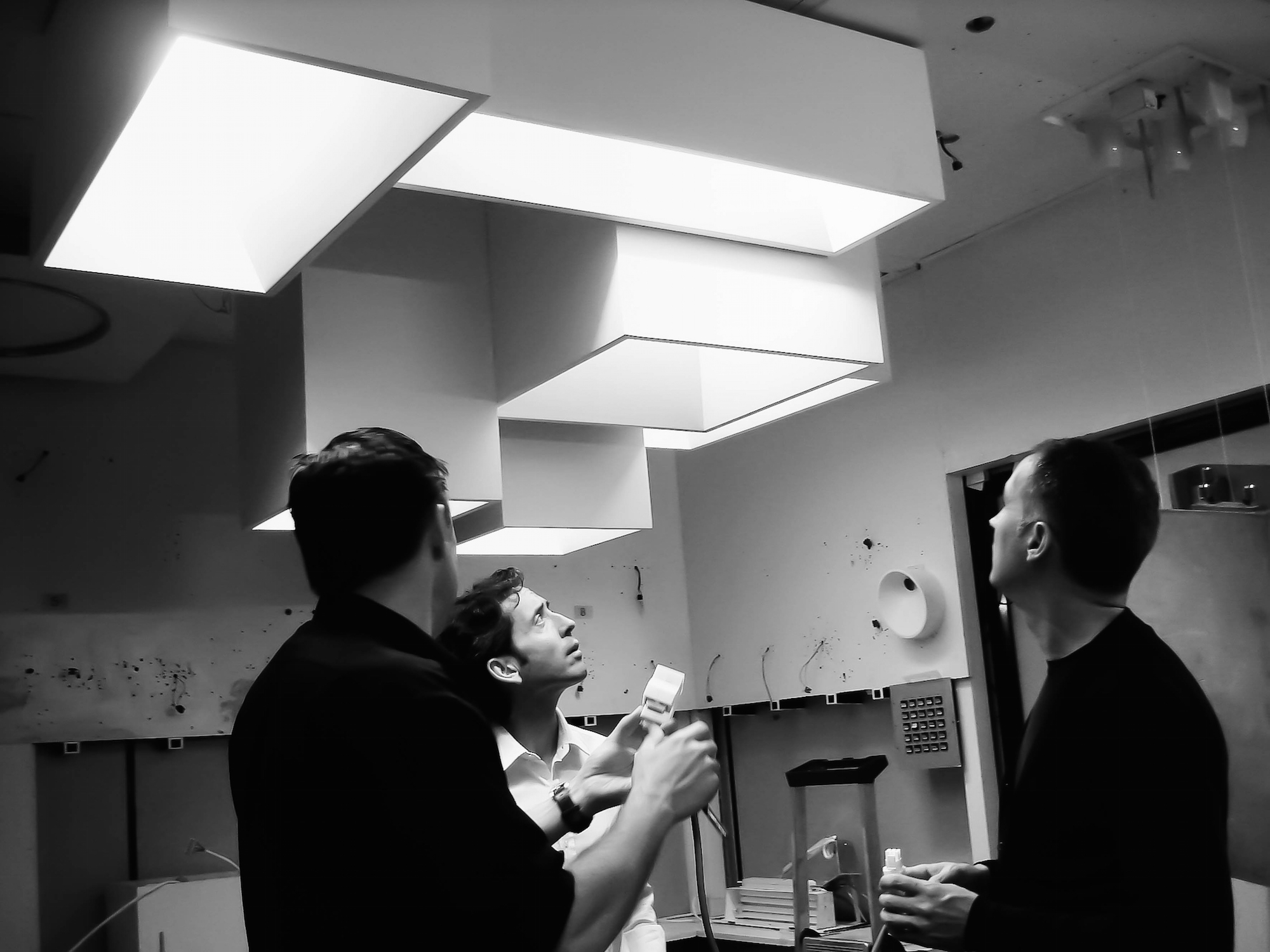
From the first moment, we put this idea to Vibia, which had given us a very particular briefing about a modular light fixture. The fixture was to cover the maximum surface area of the ceiling from a single point of light. Alongside its technical department, we were looking for technical solutions for the origin, the source of light, to be blurred.
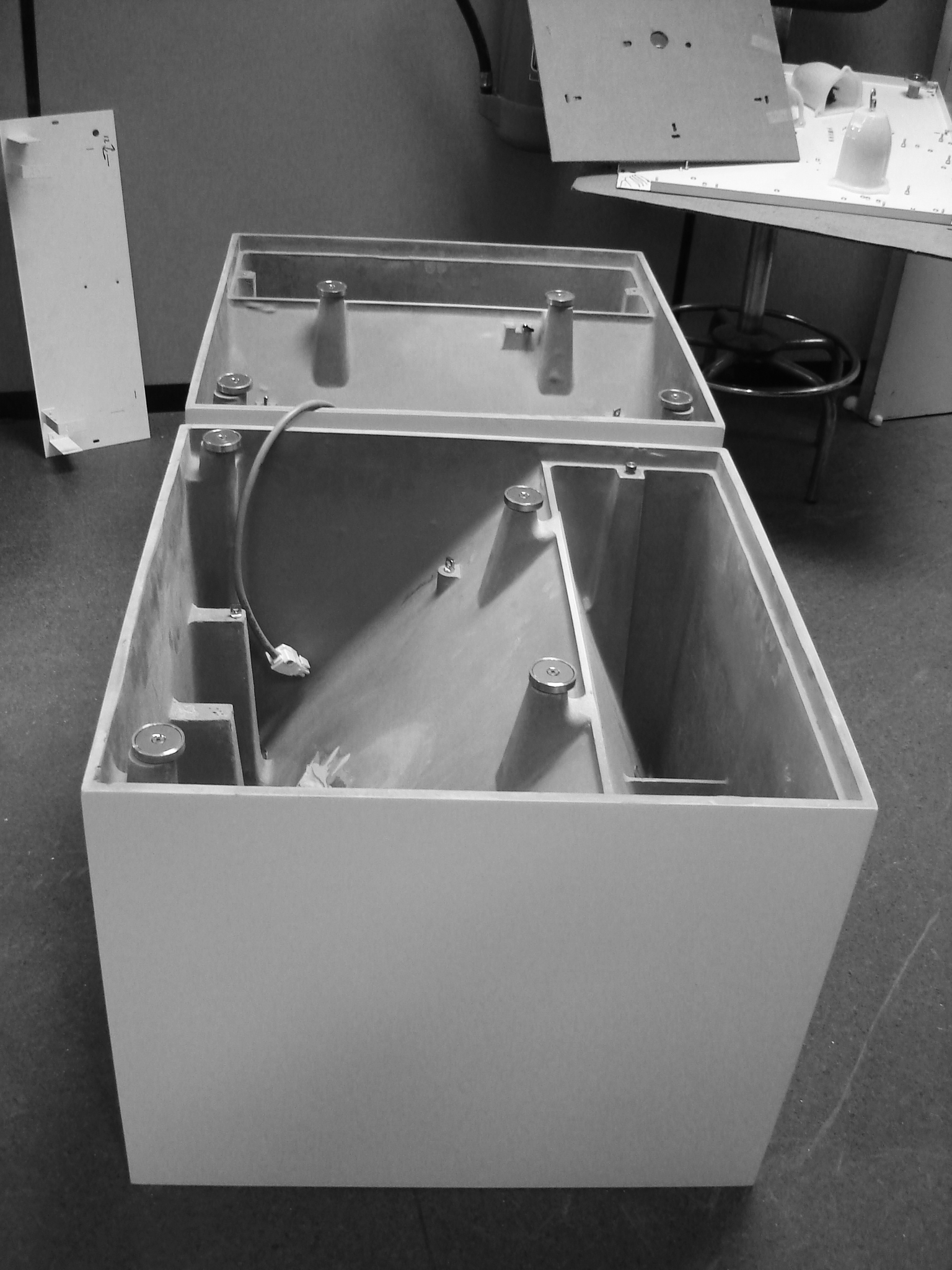
The modules that make up the system are mold-injected in a single piece in a way that does not have seals. The light surfaces by reflection and not by direct light. The first prototypes we made were with fluorescent light sources and it was difficult for us to resolve it until we passed to the LED lighting, which allowed us to concentrate much more on the lighting and achieve the desired effect.
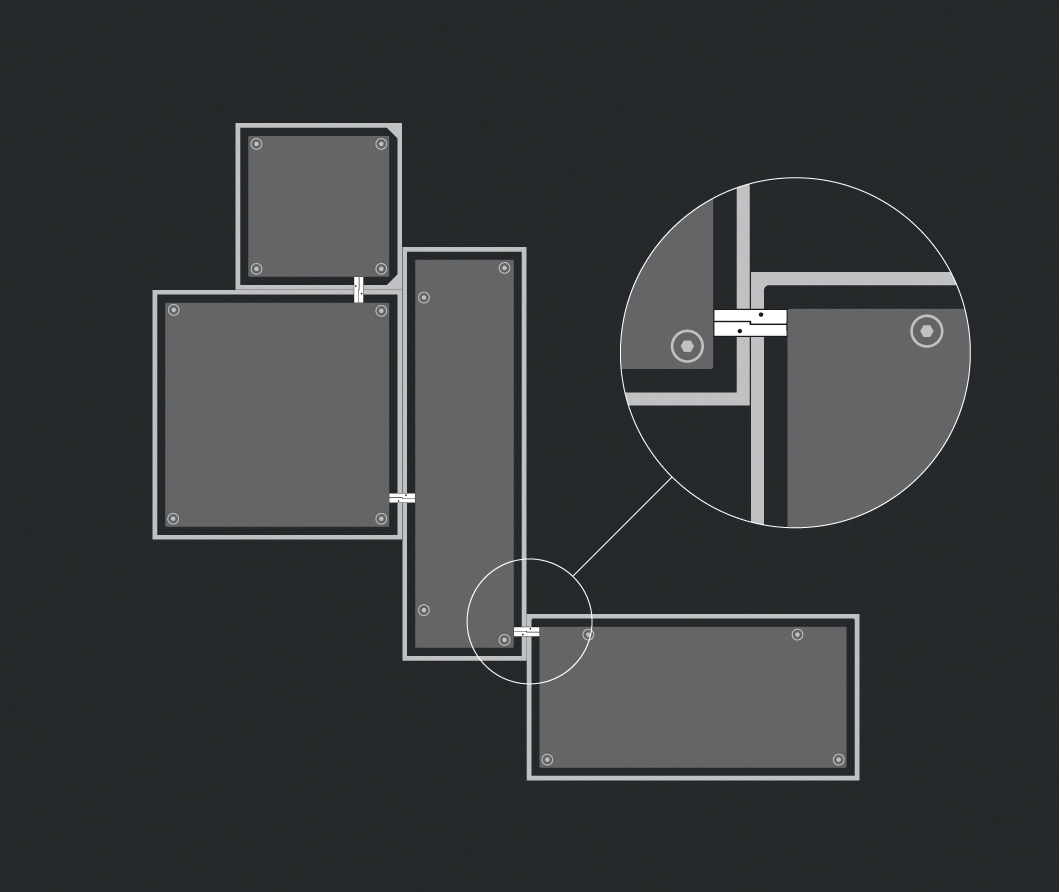
Recently, I had implemented this system in one of my houses, where one of my clients had commented how incredible it is that with only four modules infinite possibilities of composition are offered going so far as to make it seen that the proportions change. In fact, this is the result of a free volume composition and thanks to the DALI system that allows you to generate different intensities according to the moment and ambience you want to create. This system allows that the final design is in the hands of the customer, thanks to the easy and intuitive design that offers Vibia.
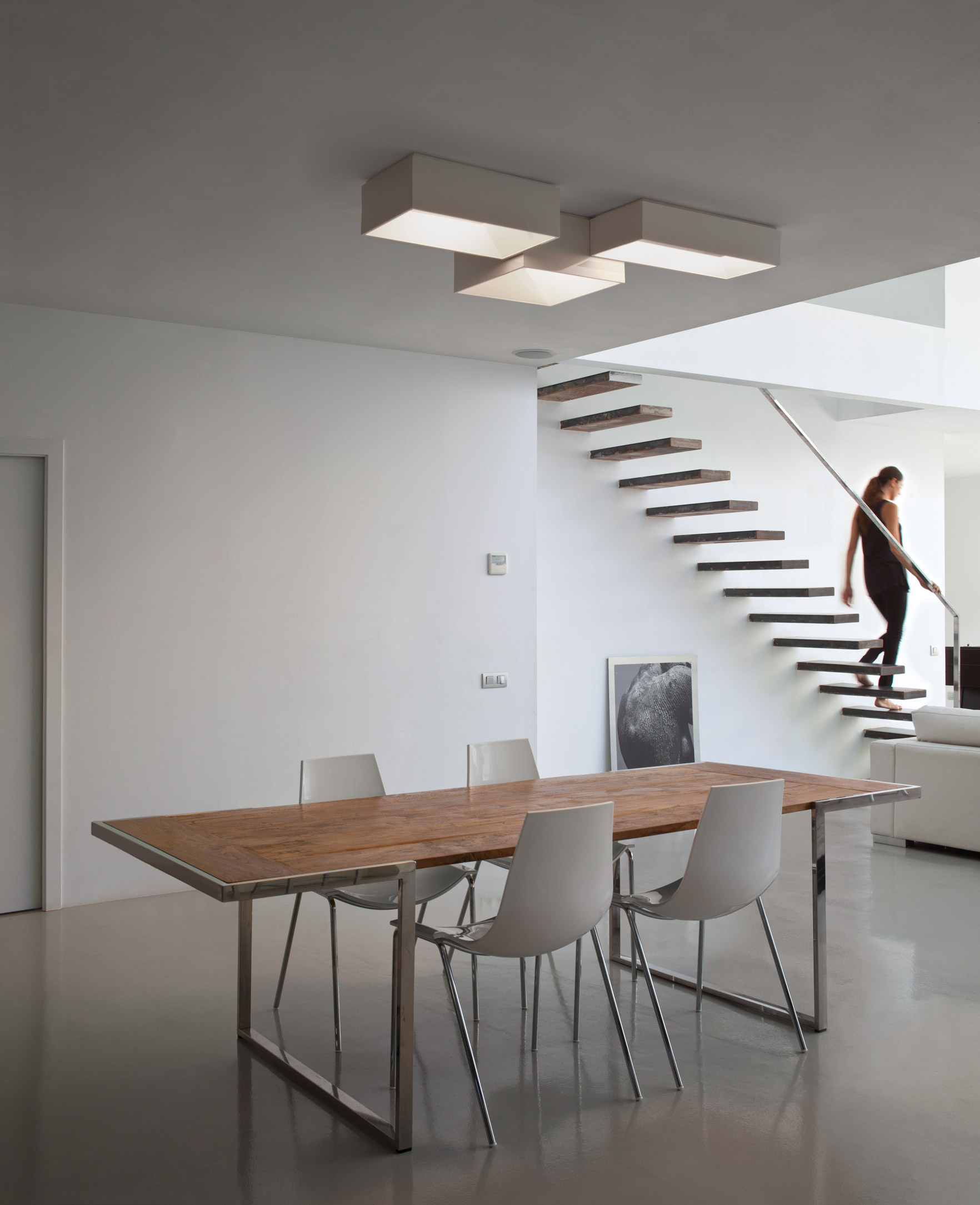
In this case, there are also two versions presented of different sizes to adapt to the different scales: Link XXL for contract spaces or large dimensions, and Link Home for a more domestic scale. In any of its versions Link responds to the initial objective, that the compositions allow adaptation to the architectural space, play with the path of the light upon contact with different geometries of each cube, creating a room lighting, which is indirect and pleasant. The effect of the light from the luminaire is magical because it produces a feeling of natural light as if the rays of Sun come through the different volumes of the ceiling and which are adapted in a flexible manner to any space.
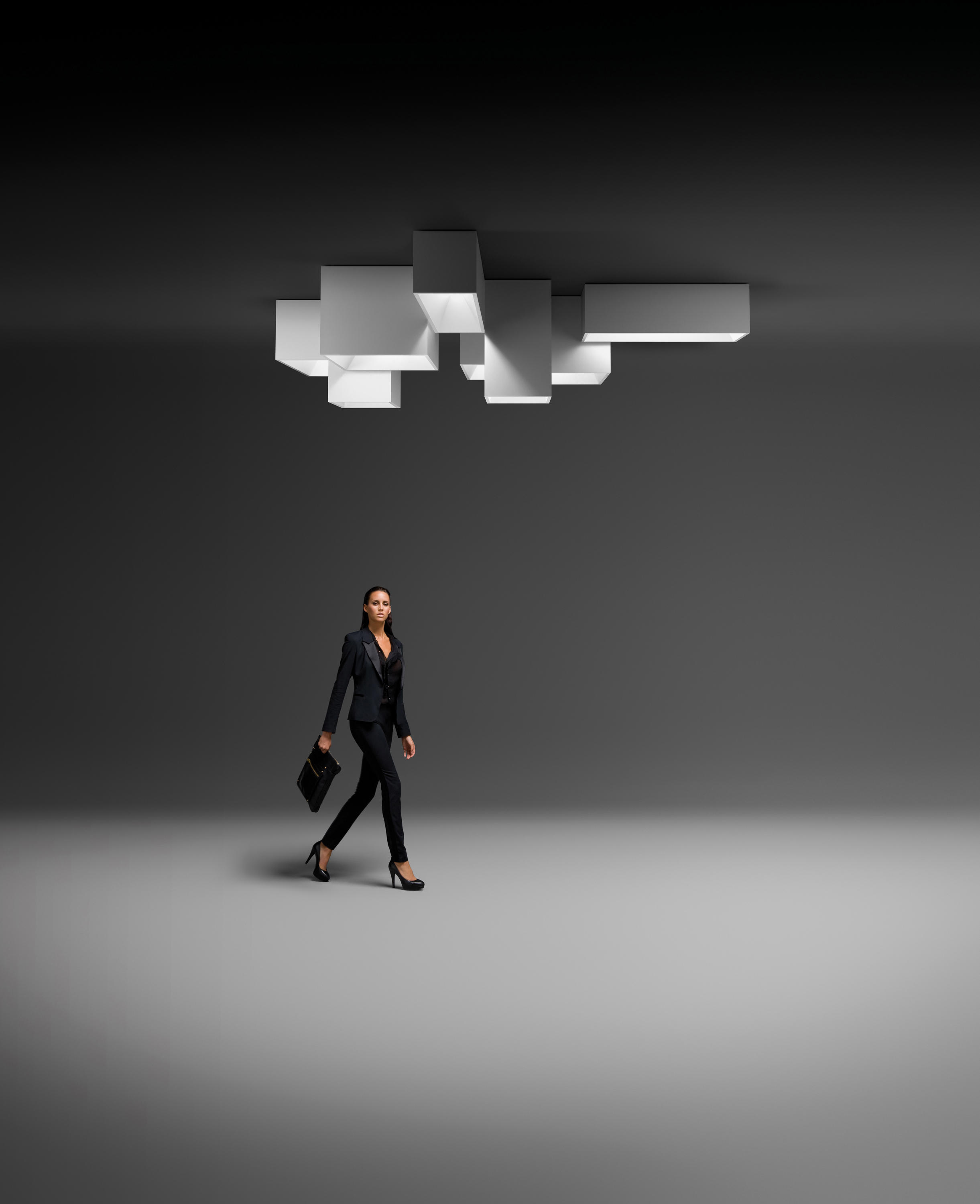
In short, the projects are always regulated by an idea. The conception of a project is essential, but architecture is the result of the construction and develops in the combination of matter and light. Attention to detail has to do with the very nature of the architecture, as the overall result depends on each element to be established in line with the set. The detail enhances the idea of the project. Light is the support, which, in turn, is the tool that articulates the language of architecture.
Words: Ramón Esteve
Discover more at